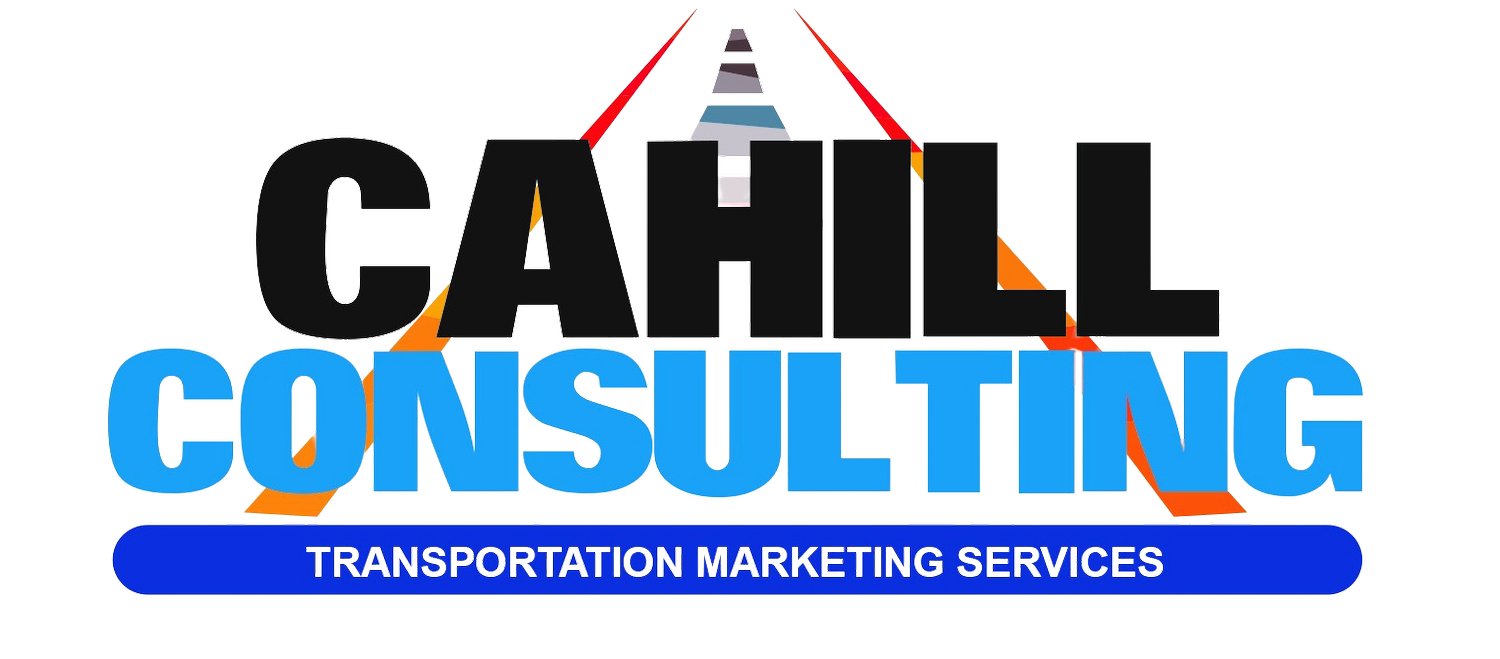Buckle Up Marketers: This May Be the New Normal.
As we head into 2025, the freight industry is bracing for a year of modest demand growth, potential rate increases, and economic shifts driven by inflation and tariffs. Shippers, carriers, and logistics providers will need to adapt to these evolving conditions to stay competitive and efficient. Let’s take a closer look at what’s ahead.
Freight Demand: Modest Growth on the Horizon
According to ACT Research, freight demand is expected to rise by 1.8% in 2025, indicating steady but not explosive growth. The American Trucking Associations (ATA) also projects a 1.6% increase in truck volumes, aligning with this trend of gradual expansion. Meanwhile, the U.S. domestic freight market is forecasted to grow by $170.10 billion from 2021 to 2025, reinforcing long-term positive movement despite short-term fluctuations.
This means that while demand is increasing, it is doing so at a controlled pace, requiring businesses to fine-tune their logistics strategies rather than expect a major boom.
This means that while demand is increasing, it is doing so at a controlled pace, requiring businesses to fine-tune their logistics strategies rather than expect a major boom.
Freight Rates: Upward Pressure Ahead
Rates are expected to climb across multiple freight sectors. Flock Freight predicts sharp increases in both spot and contract truckload rates throughout 2025. Additionally, ocean freight rates are poised to rise due to anticipated tariffs, which could drive an increase in international freight demand before new trade policies take effect.
For shippers, this means higher transportation costs, requiring strategic planning and long-term contract negotiations to mitigate volatility. For carriers, this presents an opportunity to optimize pricing strategies while maintaining service reliability.
Economic Factors: Inflation and Tariffs in Play
Two major economic forces will shape the 2025 freight market: inflation and tariffs.
Inflation: The industry will continue to face rising costs due to tightening capacity, strong consumer demand, and potential policy changes. These inflationary pressures will likely impact everything from fuel prices to labor costs, making cost management a top priority.
Tariffs: Global trade tensions and tariff adjustments could increase costs across supply chains, with these added expenses being passed on to consumers. This could lead to shifts in sourcing strategies, reshuffling supply chains as businesses seek to offset cost hikes.
What This Means for Shippers, Carriers and Brokers
With these dynamics in play, all industry stakeholders must be proactive in their 2025 planning. Here’s how they can prepare:
For Shippers:
Secure contracts early to lock in competitive rates before increases take effect.
Diversify freight options by exploring intermodal and alternative transportation modes.
Enhance supply chain resilience by working with multiple carriers and logistics partners.
For Carriers:
Optimize pricing strategies to adjust for rising costs while remaining competitive.
Invest in efficiency by leveraging technology and route optimization tools.
Strengthen relationships with shippers to secure consistent business amid fluctuating rates.
For Brokers:
Leverage data and market insights to provide value-driven solutions for shippers.
Expand carrier networks to ensure flexible capacity and competitive pricing.
Invest in freight technology to improve load matching and optimize margins.
Strengthen shipper relationships by offering stability and strategic cost-saving options.
How to Prepare Your Marketing Strategy for 2025
With rising costs and shifting demand, effective marketing will be a critical differentiator in 2025. Here’s how transportation companies can position themselves for success:
Leverage data-driven insights to optimize pricing strategies and customer targeting.
Invest in digital marketing & thought leadership to increase brand visibility and credibility.
Use automation & AI tools to streamline lead generation and nurture relationships.
Expand strategic partnerships to build networks and create value-added services.
Enhance content marketing efforts with industry reports, webinars, and case studies to attract and engage prospects.
Final Thoughts
From what we can gather, 2025 freight market presents both challenges and opportunities. While demand is expected to grow modestly, rising rates and economic pressures will require adaptability and strategic planning. By staying ahead of these trends, both operationally and in marketing efforts, shippers, brokers and carriers can navigate the complexities of the evolving freight landscape and position themselves for long-term success.

